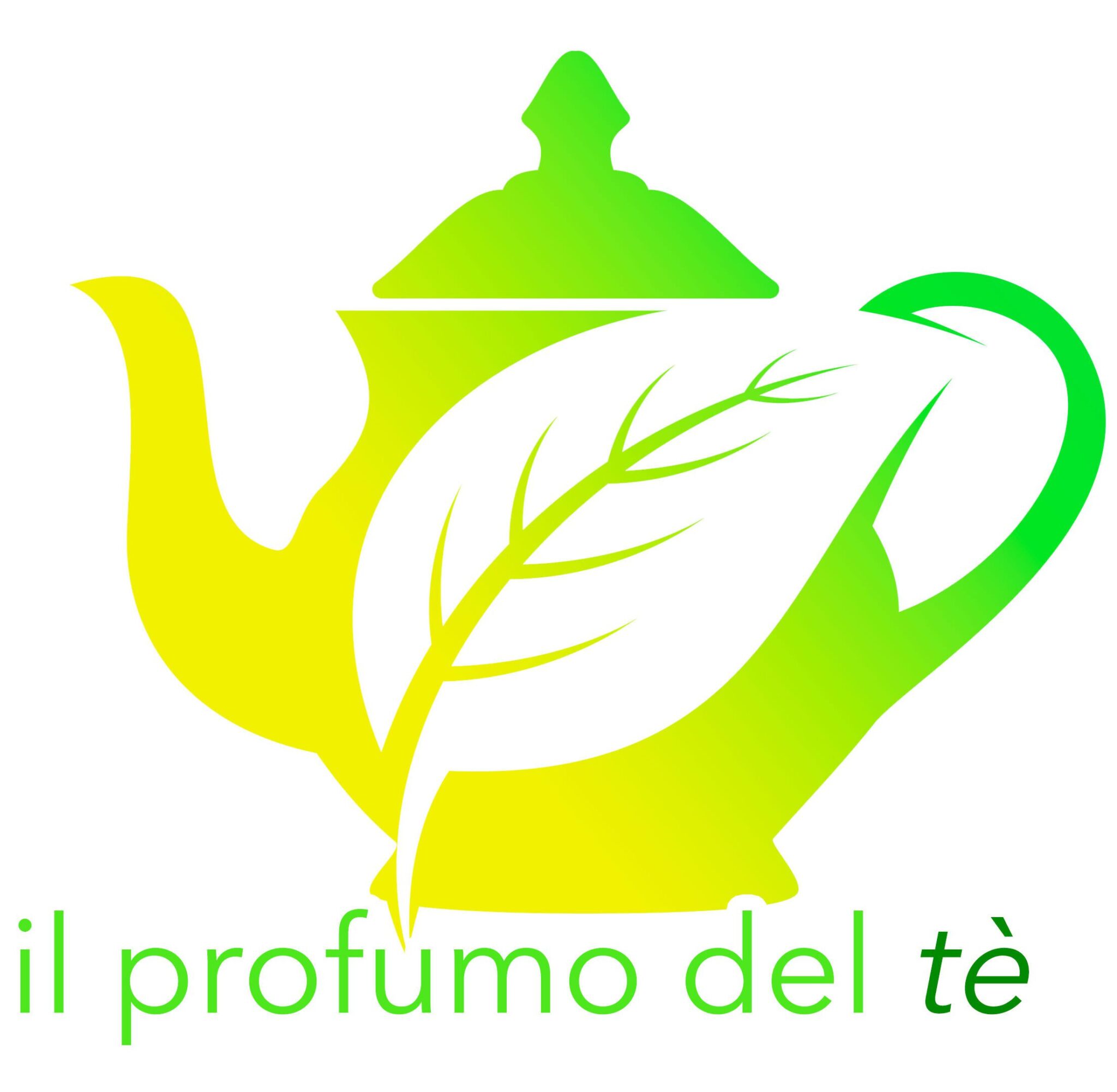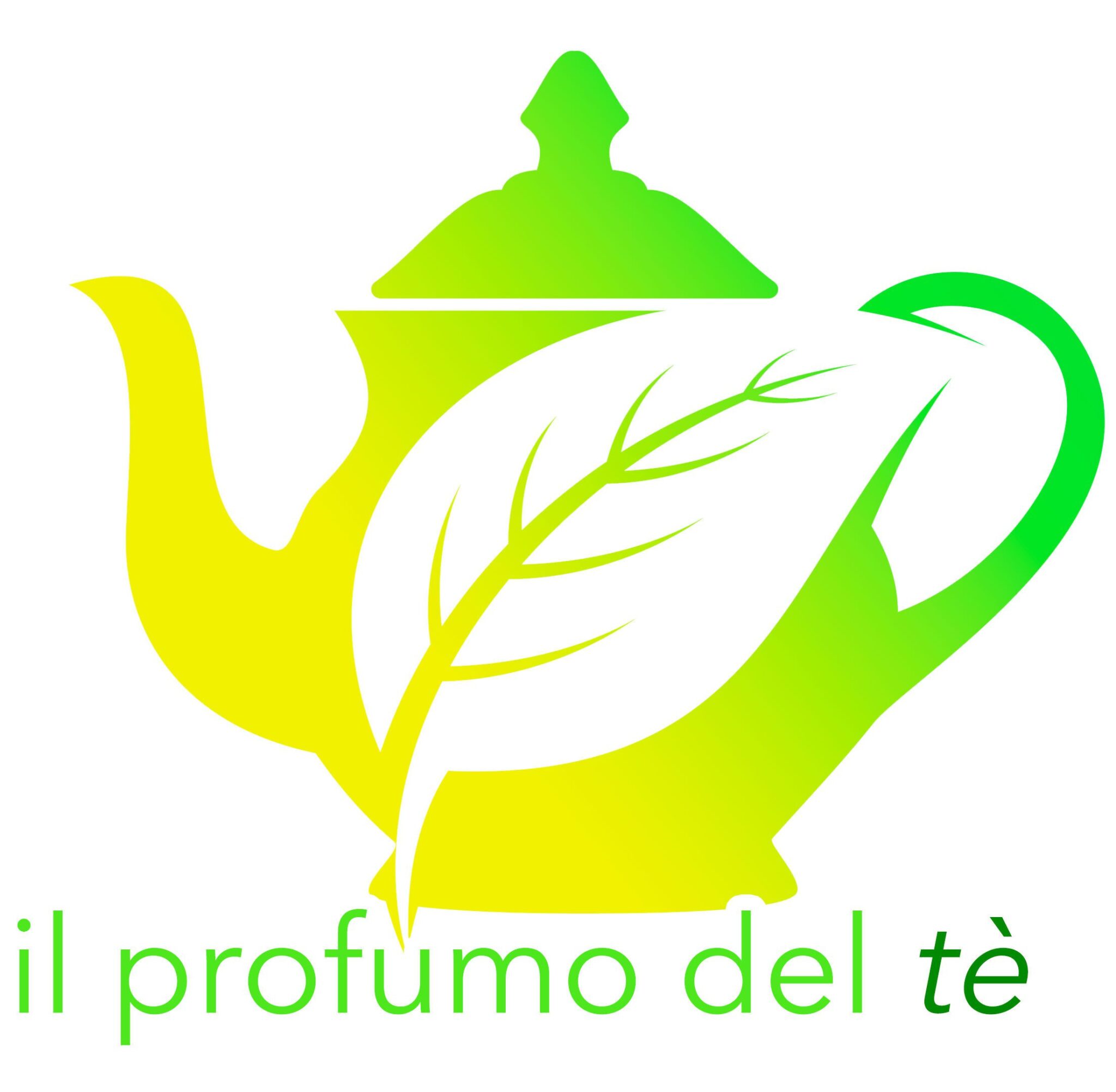Il tè nelle arti figurative è stato rappresentato da moltissimi artisti riportandoci ad epoche vittoriane e rinascimentali fino alle rappresentazioni più moderne.
Alcune raffigurazioni ci mostrano il momento del tè come meditazione per stare con noi stessi, altre il convivio con amici e parenti e altre ancora il senso di ospitalità e rispetto che ne traspare preparando un tè agli ospiti con un rituale.
Il tè è raffigurato come momento di gioia ma anche di malinconia, di leggerezza e condivisione, di collaborazione familiare e non per ultimo come momento legato all’amore e al gioco di seduzione.
È inoltre legato a momenti storici e culturali importanti come la guerra di Indipendenza ed è legato all’aspetto sociale con cui è possibile creare nuovi contatti e legami.
Da un punto di vista culturale, il tè lo troviamo anche in alcune sale dove vengono appositamente realizzate mostre di nuovi artisti e alle presentazioni di libri. Esso ha il potere di legare arte, storia, cultura, società, amicizia, amore, famiglia.
Non dimentichiamoci inoltre che sono diverse le opere a teatro in cui i protagonisti bevono un tè, così come al cinema sul grande schermo. Infine, non c’è di meglio che sorseggiarlo mentre si legge un buon libro.
Il tè appare ormai da secoli in moltissimi libri di letteratura e ci trasporta con la fantasia ai luoghi incantati da “Alice nel paese delle meraviglie” fino all’epoca vittoriana del “Ritratto di Dorian Gray”.
Come mai il tè a teatro direte voi? Ebbene, non troviamo questa bevanda immortalata solo sul grande schermo, ma spesso anche durante le rappresentazioni teatrali sia occidentali che orientali.
Basta pensare al teatro giapponese dove viene ripresa la cerimonia del tè, oppure alle opere vittoriane in cui questo pregiato infuso compare in preziose tazze dell’epoca con le tipiche decorazioni a fiori in stile.
Il teatro in Giappone è un’arte molto antica esattamente come il rito del tè. Ad esempio il teatro No che risale al XIV secolo o il Kabuki che risale al ‘600.
Il teatro ci regala emozioni, appena si apre il sipario e si spengono le luci inizia la magia.
Indossare una maschera ci permette di interpretare un personaggio che in alcuni aspetti ci rappresenta o che in altri aspetti vorremmo essere, perché ancora non ne abbiamo sviluppato le potenzialità o caratteristiche. Ci aiuta inoltre ad ascoltare le nostre emozioni e a crescere. Sorseggiare un tè diverso ogni volta è come conoscere una nuova maschera e ci permette di ascoltare cosa ci trasmette.
Il teatro è da sempre uno strumento per imparare, riflettere e provare grandi emozioni sia per il pubblico che per chi sta sul palco, la stessa cosa avviene per il tè.
Inoltre in alcuni teatri esistono delle vere e proprie sale annesse dove è possibile effettuare degustazioni prima di uno spettacolo. Solitamente si trovano proprio di fianco alla platea e nei teatri più importanti sono di un’eleganza incredibile, con poltrone in tessuto damascato e tavolini in vetro o in legno. In fondo alla sala un bar che offre una vasta gamma di infusi tra cui scegliere e se siete fortunati prima di una bella opera perché non un bel tè nero all’inglese.
Theatre & Artea

Tea in the figurative arts has been represented by many artists taking us back to the Victorian and Renaissance eras up to the most modern representations.
Some representations show us the moment of tea as a meditation to be with ourselves, others the banquet with friends and relatives and still others the sense of hospitality and respect that transpires when preparing tea for guests with a ritual.
Tea is depicted as a moment of joy but also of melancholy, lightness and sharing, family collaboration and not least as a moment linked to love and the game of seduction.
It is also linked to important historical and cultural moments such as the War of Independence and is linked to the social aspect with which it is possible to create new contacts and bonds.
From a cultural point of view, we also find tea in some rooms where exhibitions of new artists and book presentations are specially made. It has the power to link art, history, culture, society, friendship, love, family.
Furthermore, let us not forget that there are several works in the theater where the protagonists drink tea, as well as in the cinema on the big screen.
Finally, there is nothing better than sipping it while reading a good book.
Tea has appeared for centuries in many books of literature and transports us with the imagination to the enchanted places from “Alice in Wonderland” to the Victorian era of the “Portrait of Dorian Gray”.
Why do you say tea at the theater? Well, we do not find this drink immortalized only on the big screen, but often also during both Western and Eastern theatrical performances.
Just think of the Japanese theater where the tea ceremony is resumed, or the Victorian works in which this precious infusion appears in precious cups of the time with the typical style flower decorations.
Theater in Japan is a very ancient art just like the tea ritual. For example of the No theater which dates back to the 14th century or the Kabuki which dates back to the 1600s.
The theater gives us emotions, as soon as the curtain opens and the lights go out, the magic begins.
Wearing a mask allows us to play a character who in some aspects represents us or who in other aspects we would like to be, because we have not yet developed its potential or characteristics. It also helps us to listen to our emotions and to grow. Sipping a different tea every time is like getting to know a new mask and allows us to hear what it transmits to us.
Theater has always been a tool to learn, reflect and feel great emotions for both the public and those on stage, the same thing happens for tea.
In addition, in some theaters there are real adjoining rooms where it is possible to have tastings before a show. They are usually found right next to the stalls and in the most important theaters they are incredibly elegant, with armchairs in damask fabric and glass or wooden tables. At the back of the room a bar that offers a wide range of infusions to choose from and if you are lucky before a good opera why not a nice English black tea.

In molti teatri si possono trovare delle piccole sale da tè annesse dove effettuare degustazioni.



No responses yet